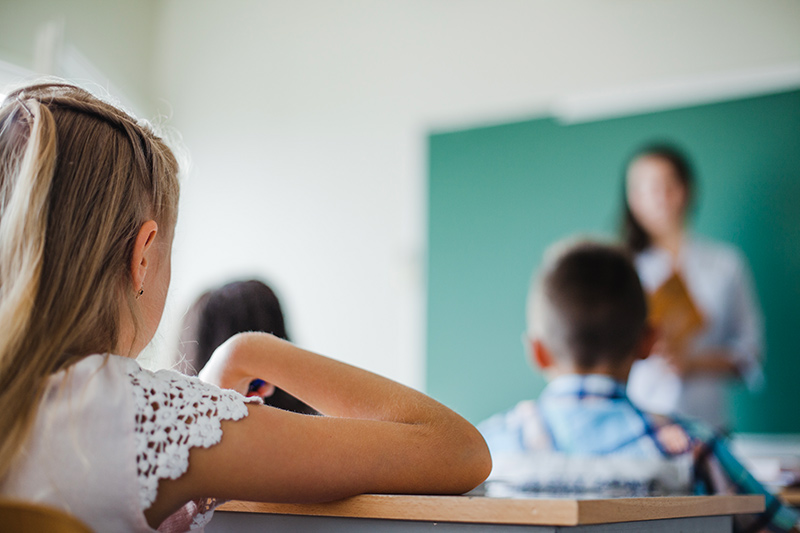Learning disabilities and negative behaviors can interrupt a classroom
After 30 years in the classroom, VLR’s founder, Debbie Guyer, has firsthand knowledge on how one child’s learning disabilities or behavior can affect other students or even put a cloud over an entire year’s worth of teaching.
If a child is struggling, it could take almost six months, or even a whole school year, before they qualify for the right help. Even then, you are not guaranteed the student will receive additional interventions or be put on an IEP. We can help you avoid such a situation.

Learning, emotional, and behavioral disabilities often found in the classroom:
- Dyslexia
- ADD/ADHD
- Visual Perceptual/Visual Motor Deficit
- Auditory Processing Disorder (APD)
- Oppositional defiant disorder (ODD)
- Anxiety Disorder
In many cases, learning disabilities can often go unnoticed and untreated. This is the case for a lot of children. For example, one in five students who have a learning disability has dyslexia that affects classroom learning, yet most haven’t been diagnosed as having this learning disability.
This can drastically affect your classroom and the students within it. Undiagnosed learning disabilities and behavioral issues cause students to struggle to keep up with the rest of the classroom, which puts them behind.
One of our goals is to help you recognize students who are struggling and then find a learning style that helps them in order to ensure your classroom is moving together towards meeting testing standards.
Are you ready to improve your classroom?
Our 1 Year Bundle will take your classroom to the next level.
